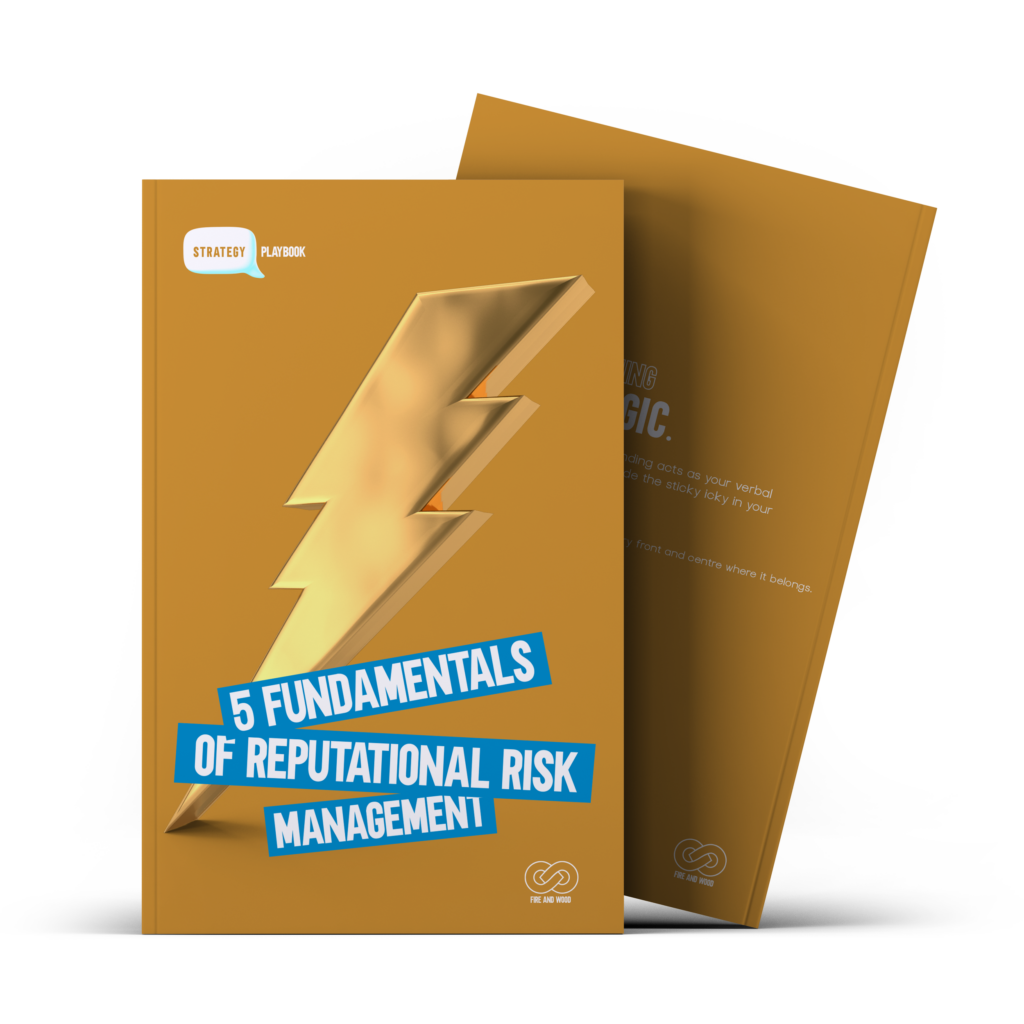Public Relations
How to Deal with
3 Types of
Communication Crises
Starting-up a start-up from the eyes of starter-uppers.

Todd O'Keefe
Chief Content Officer
Table of Contents
EFFECTIVE COMMUNICATION DURING A CRISIS
Mistakes happen.
Depending on who you speak with and the time you speak with them, they might agree or disagree on the validity of having a crisis communication plan. Either way, effective communication during a crisis is key for any brand.
First, let’s take a look at what defines a crisis.
BROAD DEFINITION OF A CRISIS
A crisis is a threat to normal business operations that leads to a public safety concern, financial loss or a reputational loss if not handled properly—and promptly. It is a time of instability in your usual operating procedures and calls for immediate actions and strong leadership.
Let’s start at the beginning by understanding the five stages of an effective crisis communication response plan and give three examples of a crisis.
UNDERSTANDING THE STAGES OF CRISIS RESPONSE
A crisis communication response plan can be broken down into five stages of signals, prevention, containment, recovery, and learning.
Done right, it acts as a guide for assembling your crisis response team and understanding what goes into a key messaging or statement document. And, finally, it details lessons learned with post-crisis review and evaluation.
Most crises can be avoided by simple planning. Arguably, the scale of that planning depends on the crisis itself, but the fact remains that proactively preparing for a crisis is almost as important—if not more important—than how the crisis is handled.
GET AHEAD OF THE CURVE
Prepare a list of 10 potential brand threats and review your list for any particular threat.
Your list will act as a signal to plan for other likely threats. It can include accusations of physical or sexual assault, employee sabotage, equipment malfunctions, cybercrimes, phishing scams and so much more.
Although a non-exhaustive list, start with understanding the different categories of crisis levels, and that includes a threat to public health, reputation and financial viability.
Keep in mind that threat levels frequently overlap, such as public safety threats almost always threaten your reputation and financial viability, and reputational threats normally come with financial consequences.
3 TYPES OF CRISES
Here are three examples to individually outline the type of crisis you might expect and how to deal with each example.

REASONABLE
THREAT TO PUBLIC SAFETY
Accidental—or not—and even though it might not even be your fault, you're in a top-level crisis if there is a reasonable threat to human life, health and public safety. And even more so if your brand is tied to death and injuries from that same crisis.

REPUTATIONAL
THREAT
Anything that threatens your brand reputation can be considered a crisis. And while you might be thinking more of an external threat, the truth is that employee activism is rising as the modern worker is unwilling to turn a blind eye to questionable business activities.

THREAT TO
FINANCIAL VIABILITY
Even though a damaged reputation is not as serious as an immediate threat to public safety, reputation damage can lead to a loss of sales and public trust. Not to mention, disturbing rumours and distracted employees are never a good thing for productive daily operations, and run the risk of negatively impacting profitability.
COMMUNICATE EARLY AND OFTEN
Keeping open lines of communication with your core audiences of customers, suppliers, employees, media outlets and important stakeholders goes a long way for controlling damage.
Speed matters in a crisis. A fast and well-planned response gives your brand a better chance to contain the crisis and also enhance your reputation.
Want to learn more about what goes into a crisis communication response plan?
Download our playbook with a breakdown of the five stages of a crisis communication response plan. It includes how to identify audiences, such as your employees, customers, suppliers, media, and the public at large.
This guide walks you through assembling your crisis response team and understanding what goes into a key messaging or statement document. And, finally, it details lessons learned with post-crisis review and evaluation.
GET THE GOODS
Our starter-upper blog is a place you’ll find creative trade secrets, shop talk and the trials and errors of a creative incubator.
Our goal is to make things people will enjoy and want to share—from storytelling and copyhacking best practices to articles, videos and white papers.
Join the Starter-Upper newsletter today and get more articles like these ones.

PROTECT
YOUR BRAND
REPUTATION
Take a deep dive into your free copy of the 5 Fundamentals of Reputational Risk Management and start building a bulletproof brand reputation that stands the test of time.
GET THE STARTER-UPPER INSIGHTS

